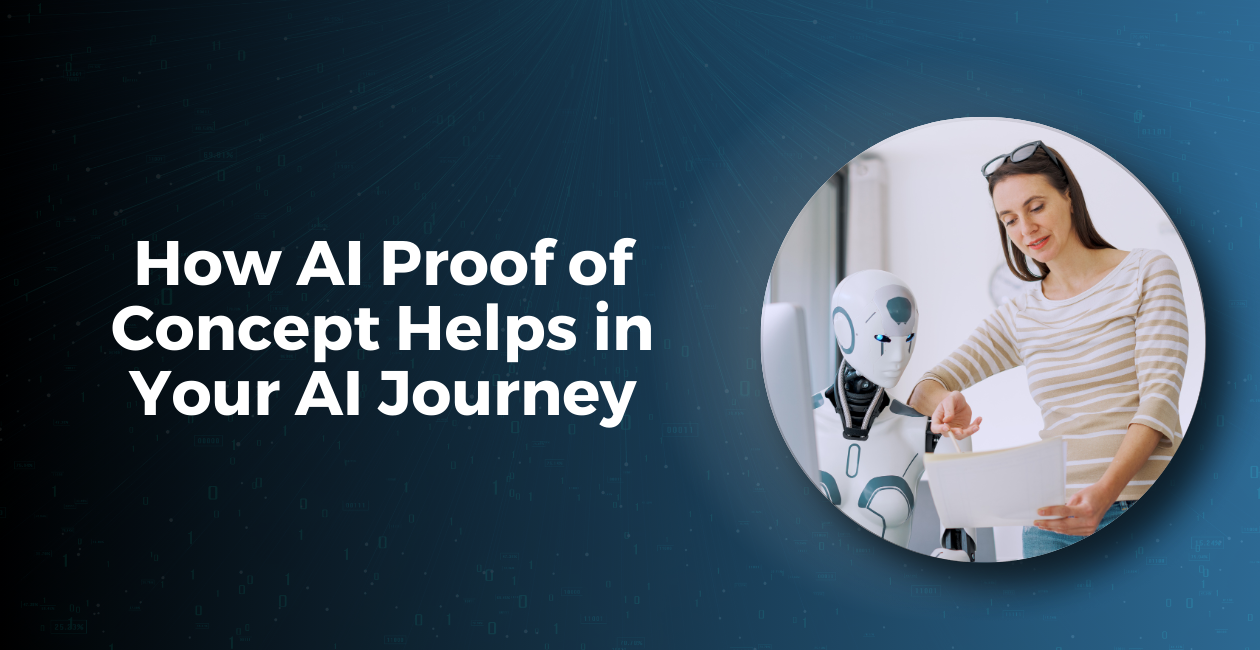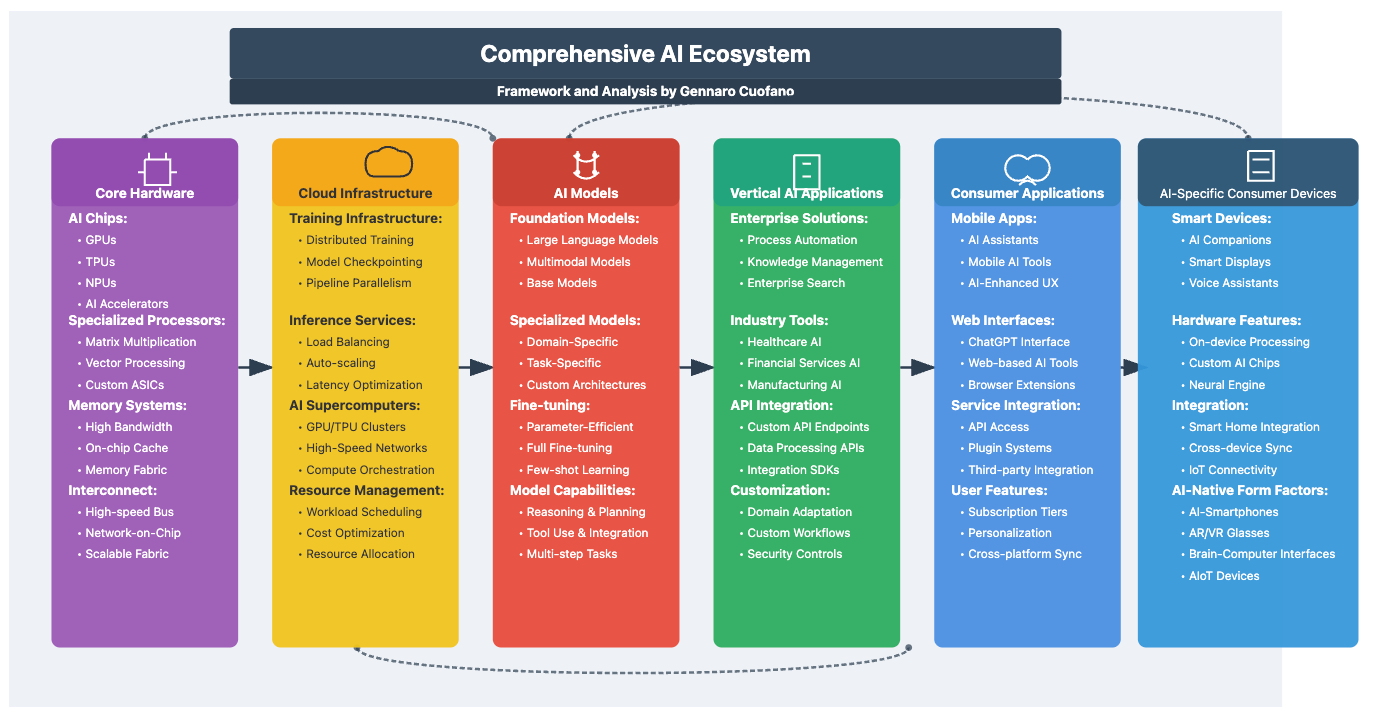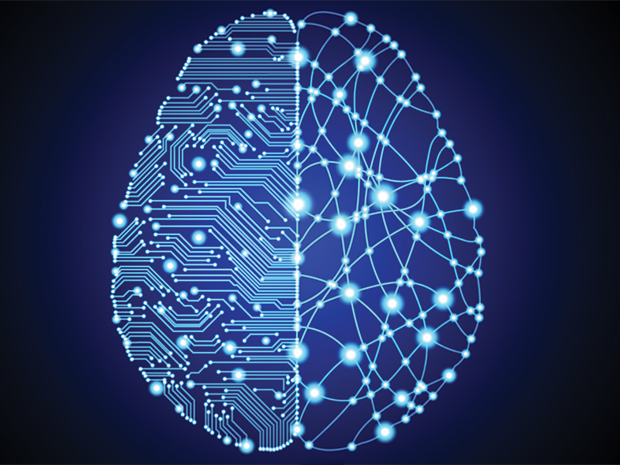IBM
Working at IBM
Company Summary
Overall Rating
8% above
Highly rated for
Work-life balance, Company culture, Job security
Critically rated for
Promotions
Work Policy
Top Employees Benefits
About IBM

IBM aspires to make a lasting, positive impact on the world by protecting the environment, advocating for inclusion, and fostering trust and transparency in both technology and business. Today’s IBM is more closely aligned with the needs of our clients. Our engagement model is simpler and more effective. And we have expanded our ecosystem by strengthening existing relationships and forging new, productive partnerships.
Today’s IBM is not simply a technology company. We are a problem-solving company and a convener of capability that brings together our colleagues, our clients, and our partners with a simple, open invitation: Let’s create. we have sharpened our focus on IBM’s unique ability to integrate technology and business expertise for our clients and our partners. Our portfolio is built around hybrid cloud and artificial intelligence (AI), the two most transformational technologies of our time.
Our go-to-market approach brings together the necessary software, consulting, and infrastructure our clients require, from across our expanding ecosystem of partners. They recognize technology as a source of competitive advantage, capable of addressing these immediate issues and future-proofing their businesses by increasing productivity, reducing costs, driving innovation, and fueling growth.
This is today’s IBM.
AmbitionBox Best Places to Work in India Awards
IBM Ratings
Overall Rating
Category Ratings
Work-life balance
Company culture
Job security
Skill development
Work satisfaction
Salary
Promotions
Work Policy at IBM
IBM Reviews
Top mentions in IBM Reviews
Compare IBM with Similar Companies
Change Company | Change Company | Change Company | ||
|---|---|---|---|---|
Overall Rating | 4.0/5 based on 22.9k reviews | 3.7/5 based on 91.9k reviews | 3.7/5 based on 54.2k reviews | 3.8/5 based on 58k reviews |
Highly Rated for | Work-life balance Skill development Job security | Job security Work-life balance | Job security | Job security |
Critically Rated for | Promotions | Promotions Salary Work satisfaction | Promotions Salary | Promotions |
Primary Work Policy | Hybrid 78% employees reported | Work from office 80% employees reported | Hybrid 62% employees reported | Hybrid 75% employees reported |
Rating by Women Employees | 4.0 Good rated by 7.2k women | 3.7 Good rated by 26.7k women | 3.8 Good rated by 15.6k women | 3.8 Good rated by 21.8k women |
Rating by Men Employees | 4.0 Good rated by 14.4k men | 3.6 Good rated by 60.1k men | 3.7 Good rated by 36.2k men | 3.8 Good rated by 33.6k men |
Job security | 4.0 Good | 4.5 Good | 3.8 Good | 3.8 Good |
IBM Salaries
Application Developer
Software Engineer
Advisory System Analyst
Senior Software Engineer
Software Developer
Senior Systems Engineer
Data Engineer
Senior Consultant
Specialist Testing
Associate Systems Engineer
IBM Interview Questions
Interview questions by designation
Top IBM interview questions and answers
IBM Jobs
IBM News
Building Trust in ML/AI by Communicating Uncertainty
- Communicating the limitations of ML/AI systems is crucial for building trust and support from non-specialists.
- Clearly defined use cases and communication of uncertainty levels in ML/AI applications are key for better handling of results and avoiding backlash.
- Tools like simple scales, confidence intervals, and explaining drivers of uncertainty help in effectively communicating uncertainty to users.
- Understanding uncertainty drivers like epistemic and aleatoric uncertainties is important for conveying uncertainty levels in models.
- Various techniques like model performance statistics, Bayesian Neural Networks, and Conformal Prediction can be used to estimate uncertainty in ML models.
- Open source libraries such as TensorFlow Probability and Pyro offer tools for applying uncertainty estimation techniques in ML/AI.
- Alternative methods like Monte Carlo Dropout and Deep Ensemble can be used for approximating uncertainty in deep learning models.
- Generative AI presents new challenges for uncertainty communication due to its complexity and proprietary nature, requiring techniques like expressing certainty levels and leveraging multiple models.
- Techniques such as Perplexity, multi-token entropy, and adapting classic neural network uncertainty methods can help assess uncertainty in generative AI models.
- Using open source models to estimate uncertainty of proprietary models can bridge the gap and enable the application of advanced uncertainty estimation techniques.

SHARED INTEL Q&A: Forrester highlights why companies need to strive for ‘cryptoagility’– today
- Forrester emphasizes the need for companies to start transitioning to quantum-safe cryptography immediately, as the threat of quantum decryption looms.
- Nation-state actors are already accumulating encrypted data for potential future decryption using quantum computers.
- Major tech companies like Amazon, Google, and IBM are quickly adopting post-quantum cryptography, but the process is lengthy for most organizations.
- Forrester experts recommend organizations focus on inventorying cryptographic dependencies and upgrading key management to enhance security.
- Quantum security is not just a future concern but a current one, as powerful quantum computers may already exist.
- The transition to quantum-safe solutions can take three to five years due to the complexities involved in updating encryption methods.
- Organizations are advised to engage with vendors to understand their post-quantum cryptography migration plans.
- Cryptoagility, the ability to adapt quickly to new encryption standards, is being highlighted as crucial for security resilience.
- Financial services and government sectors are leading in implementing quantum-safe solutions due to the sensitivity of the data they handle.
- The first step for organizations to prepare for quantum security is to conduct a cryptographic inventory to prioritize migration to quantum-safe solutions.
How AI Proof of Concept Helps in Your AI Journey
- IBM's Watson, introduced in mid-2010, failed to revolutionize medicine due to data issues and missed analysis, highlighting the need for testing AI through proof of concepts.
- AI proof of concept is crucial for businesses to reduce risks and maximize AI benefits, especially in areas like data quality, talent acquisition, profitability assessment, ethics, integration, and goal alignment.
- AI proof of concept goes beyond technology, focusing on aligning AI with business goals, building trust, demonstrating value, and understanding what works and what doesn't.
- AI enhances accuracy, assesses performance, and facilitates real-time monitoring by automating data analysis, providing fair performance metrics, predicting future outcomes, and offering quick feedback.
- AI helps in decision-making by simulating scenarios, optimizing processes, finding optimal solutions, and accelerating learning, thereby reducing the need for trial-and-error approaches.
- AI mitigates different risks in areas like finance, operations, compliance, security, and reputation by detecting fraud, predicting issues, ensuring rule compliance, enhancing cybersecurity, and preserving brand image.
- A successful AI proof of concept is data-driven, involving setting clear goals, collecting relevant data, cleaning and analyzing data, and validating results accurately before scaling up AI initiatives.
- To make AI sustainable, businesses must invest in infrastructure, build expert teams, establish usage guidelines, continuously enhance AI solutions, and stay informed about evolving AI trends.
- AI proof of concept addresses initial concerns like data quality, talent scarcity, profitability uncertainty, ethics, integration challenges, and vague objectives by offering solutions tailored to each issue.
- Success stories in retail, finance, healthcare, and manufacturing demonstrate how AI proof of concept drives significant improvements in areas like sales, fraud detection, patient care, and operational efficiency.

A look into Reid Hoffman's front-row seat on AI: 'I concluded AI was not going to happen anytime soon'
- Reid Hoffman, a legendary investor and LinkedIn cofounder, had an early interest in artificial intelligence (AI) dating back to his time as a student at Stanford pursuing Symbolic Systems.
- Hoffman's fascination with AI began at Stanford, where he engaged in late-night debates with peers like Peter Thiel, despite their differing backgrounds and ideologies.
- Despite being unimpressed by the progress of AI during his studies, Hoffman pursued a diverse range of academic experiences and won a Marshall Scholarship to study at Oxford University.
- At Oxford, Hoffman faced a disconnect between academic theories and practical applications, eventually leading him back to the tech industry where he found success at Apple's eWorld.
- Hoffman's exposure to AI research at Xerox PARC and IBM, where he worked on expert systems, shaped his early views on the limitations of AI technology.
- His decision to move away from pursuing a doctorate in philosophy towards a career in technology and entrepreneurship marked a pivotal moment in his professional journey.
- Despite initial skepticism towards AI's potential, Hoffman's experiences at Stanford and beyond influenced his later involvement and investments in the tech industry.
- His trajectory from academia to the tech world highlights the importance of practical experience and networking in shaping one's career path.
- Hoffman's story underscores the unpredictability of career trajectories and the role of seizing opportunities and adapting to changing circumstances.
- Gary Rivlin's book, 'AI Valley: Microsoft, Google, and the Trillion-Dollar Race to Cash In on Artificial Intelligence,' delves into the intersection of industry titans and the AI landscape.
Best Cryptos to Watch for 2025 as Qubetics TestNet Launch Hints at Breakout Potential
- The cryptocurrency market is abuzz with major blockchain projects introducing upgrades and testnet launches, signaling a significant month in March 2025 for potential breakthroughs.
- Qubetics ($TICS), Hedera (HBAR), and Avalanche (AVAX) are highlighted as the top three Layer 1 projects to keep an eye on for 2025.
- Qubetics's transition to Testnet brings advanced security, AI-powered smart contract development, and a successful presale attracting investors seeking significant returns.
- With partnerships with SWFT Blockchain and 1inch, Qubetics enhances its liquidity and cross-chain capabilities, simplifying asset swaps for users.
- Hedera stands out with enterprise-grade solutions and a Governing Council featuring tech giants like Google and IBM, expanding its adoption in decentralized applications and real-time settlements.
- Avalanche remains a top choice for DeFi and gaming applications, offering high-speed transactions and partnerships fueling its growth and credibility.
- Qubetics' presale progress and ROI projections make it a standout project for 2025, while Hedera's institutional backing and Avalanche's dominance in DeFi and gaming contribute to their recognition as top cryptos to watch.
- The evolving crypto landscape necessitates strategic decisions, with Qubetics leading innovation, Hedera focusing on enterprise solutions, and Avalanche excelling in DeFi and gaming applications.
- For those seeking early investment opportunities, Qubetics' presale presents a chance to capitalize on its potential before the mainnet launch revolutionizes the market.
- Qubetics, Hedera, and Avalanche are positioned as frontrunners in the crypto space, each offering unique strengths and growth prospects for investors and users in 2025.
- Stay informed and explore the potential of these projects to navigate the evolving blockchain landscape successfully and seize opportunities in the booming crypto market.

The AI Value Chain
- The AI industry is structured in layers, starting from hardware to cloud infrastructure, AI models, vertical AI applications, and consumer apps/hardware.
- Key players in AI hardware include NVIDIA, Google, AMD, Intel, and startups like Cerebras, Graphcore, and Hailo.
- Leading cloud AI providers are AWS, Microsoft Azure, Google Cloud, IBM Cloud, and Oracle Cloud.
- Key players in AI models include OpenAI, DeepMind, Microsoft, Hugging Face, and Run:ai.

Code Implementation of a Rapid Disaster Assessment Tool Using IBM’s Open-Source ResNet-50 Model
- This tutorial explores the application of IBM’s open-source ResNet-50 model for disaster management.
- The model enables the rapid classification and analysis of satellite imagery for identifying disaster-affected areas.
- The tutorial provides a step-by-step guide on setting up the environment, image preprocessing, inference, and result interpretation.
- The practical implementation showcases the accessibility and effectiveness of pretrained convolutional neural networks for real-world challenges.
Brain-Inspired Neuromorphic Chips Redefining AI Acceleration
- Neuromorphic computing replicates biological neural networks and overcomes inefficiencies in traditional architectures for AI and real-time workloads.
- Event-driven computation, parallel processing, and synaptic plasticity are key features of neuromorphic chips by companies like Intel, IBM, BrainChip, and SynSense.
- SNNs use spikes for data transmission, ensuring energy efficiency, while in-memory processing eliminates data transfer bottlenecks.
- Neuromorphic chips dynamically adjust synaptic weights and exhibit massive parallelism, making them ideal for edge AI applications.
- Architectures include digital (e.g., Intel's Loihi 2), analog (e.g., IBM's TrueNorth), hybrid designs, and emerging 3D structures.
- Applications span edge AI, robotics, healthcare, and cybersecurity with neuromorphic chips enabling low-power AI inference and real-time processing.
- Market trends include investments from industry players, startups like SynSense and government agencies in neuromorphic computing.
- Challenges lie in software compatibility, scalability, and standardization, while opportunities include quantum neuromorphic computing and biohybrid systems.
- Future prospects involve the convergence of neuromorphic computing with quantum computing, biohybrid systems, and 3D-integrated AI architectures for advanced edge intelligence and human-like cognition.
- Neuromorphic architectures aim to redefine computing by unlocking unprecedented capabilities in various technological domains.

10 Most Popular AI Systems Transforming the World Today – Discover Them Before Everyone Else!
- ChatGPT, powered by OpenAI’s GPT model, is revolutionizing how people interact with AI.
- Siri, Alexa, and Google Assistant have transformed the way we use voice-controlled AI in our daily lives.
- Tesla Autopilot is leading the way towards autonomous vehicles and reshaping the future of transportation.
- AI systems like IBM Watson, AlphaFold, Grammarly, Replika, and DALL·E are making significant impacts in healthcare, research, communication, mental health, and visual content creation.

AI and ML Courses in Bengaluru: Career Opportunities and Salary Trends
- Bengaluru's status as a global tech hub makes it an ideal location for AI and ML courses, with a thriving tech ecosystem and industry leaders like Infosys, Wipro, IBM, Google, and Microsoft.
- The city houses prestigious educational institutions like IISc and IIIT-B, offering high-quality AI and ML programs that blend theory with real-world applications for job market readiness.
- Students in Bengaluru benefit from industry-relevant training, internships, and collaborations, with numerous opportunities to engage with professionals and thought leaders in the AI field.
- The city's focus on innovation and research, led by institutions like IISc, Bosch, and Qualcomm, provides students with access to cutting-edge AI developments and projects.
- Bengaluru's growing demand for AI talent across industries creates abundant job opportunities for graduates of AI and ML courses, ensuring high placement rates and career prospects.
- Key career paths in Bengaluru for AI and ML professionals include roles such as Machine Learning Engineer, Data Scientist, AI Research Scientist, AI/ML Consultant, AI Software Developer, Robotics Engineer, Product Manager, and Business Intelligence Analyst.
- The Boston Institute of Analytics (BIA) in Bengaluru offers top-tier training in AI and ML, equipping individuals with the skills and certification needed to succeed in the dynamic field.
- Choosing AI and ML courses in Bengaluru presents lucrative job opportunities and promising salary trends, making it an attractive career path with industry demand at an all-time high.
- Enrolling in AI and ML courses at institutions like BIA can prepare individuals for successful careers in artificial intelligence and machine learning, with the potential for growth and advancement in the field.
IBM Subsidiaries
Daksh eServices
IBM Research
Merative
TrellisSoft Inc.
SPSS South Asia
Algorithmics
IBM Offices
Compare IBM with




















Contribute & help others!
Companies Similar to IBM




IBM FAQs

Reviews
Interviews
Salaries
Users/Month




